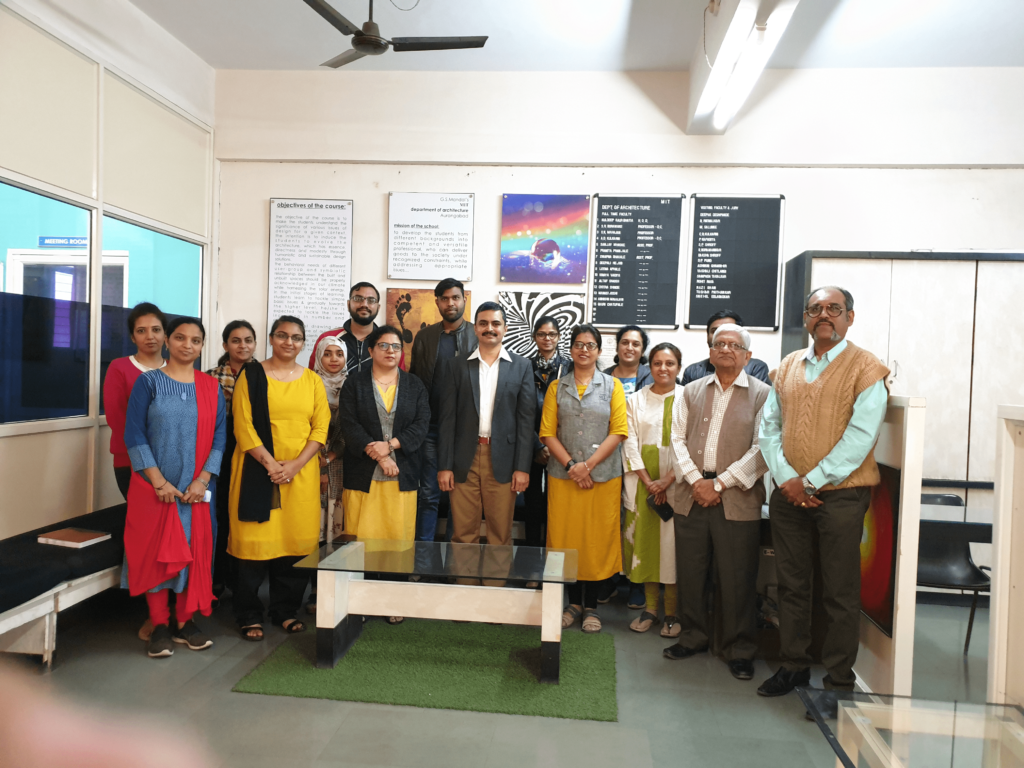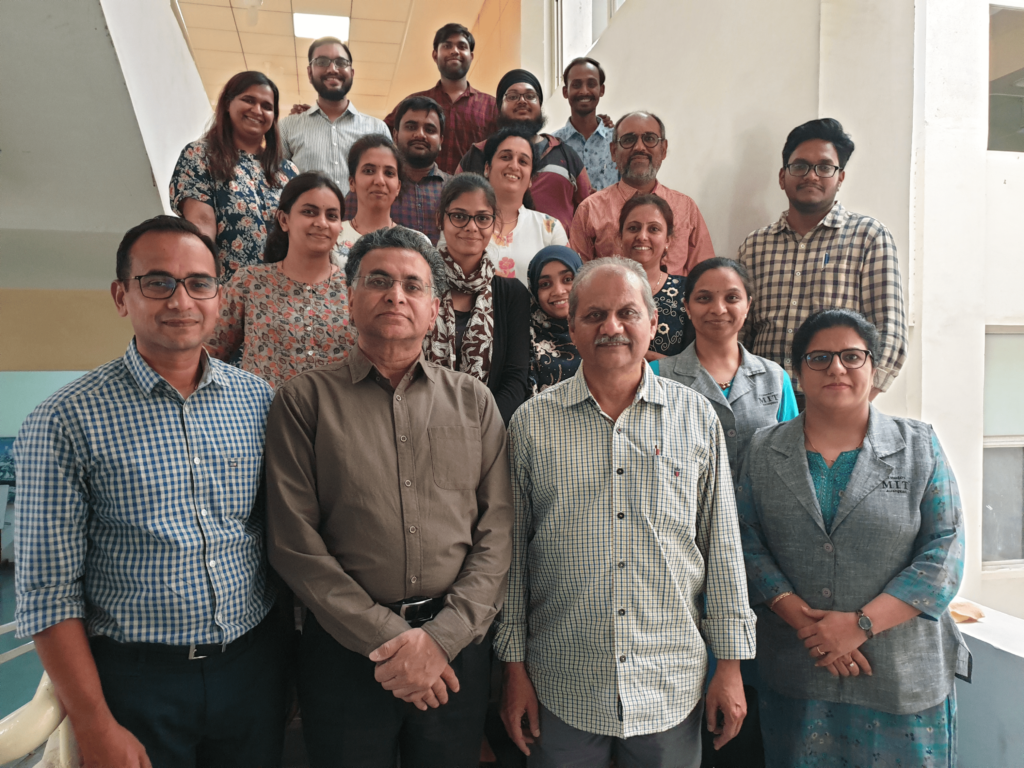Spider silk has been considered the strongest biological material in the world and has inspired generations of materials scientists to understand and mimic its properties. However, new findings knock spider silk off its pedestal, reporting that engineered cellulose fibers, derived from plant cell walls, are the strongest bio-based material. The material is more than 20% stronger and eight times as stiff as spider silk. The inspiration can be taken from trees as outer cell walls of woody trees provide strength and stiffness, which aids trees to stand tall. Those cell walls contain cellulose nanofibers, which are aligned and embedded in a matrix of lignin and hemicellulose. That alignment transmits the exceptional strength and stiffness of individual nanofibers to the macroscale properties associated with wood. Even so, wood is not as strong as the nanofibers themselves because defects in alignment occur, which weaken the material. As a result, a material that mimic this structure using commercially available cellulose nanofibers from spruce and pine trees, which is 2 to 5 nm in diameter and up to 700 nm long is being developed. Using a process called hydrodynamic focusing, they squeeze the nanofibers together using streams of water into larger fibers of 6 to 8 µm in diameter and up to a meter long. The material has a tensile strength of 1.57 GPa, stronger than natural dragline spider silk fibers, whose strength ranges from 0.6 to 1.3 GPa. The strongest cellulose fibers were also 1.2 to 1.5 times as strong as wet-spun carbon nanotubes and graphene fibers. The cellulose fibers’ tensile stiffness was 86 GPa, eight times as stiff as silk, allowing it to be used in artificial joints or surgical sutures that require a stretchy but strong material. In the future, materials like these could form parts in load-bearing applications like cars and bikes, where most materials come from unsustainable sources or processes that produce large carbon emissions. They could also be used for tissue engineering applications, and the material is strong enough to be used as for body parts like limbs.
Deepak Prajapati
M. Tech. (Material Science)
Alumni-PPE, MIT
















 Introduction of Expert
Introduction of Expert








